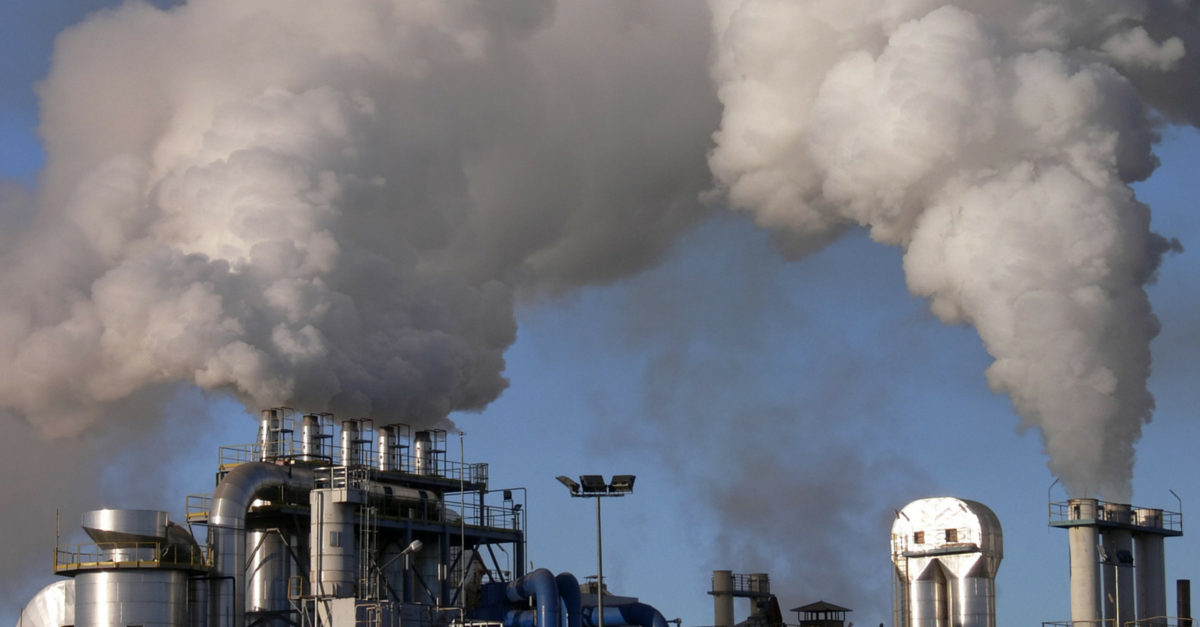Here’s a ‘Nose’ that can Sniff and Detect Harmful Gas Emissions from Industries
The e-Nose works in a way similar to human nose and can identify various odours. The device has already been installed in Mysore and will be used by other industries soon.

The e-Nose works in a way similar to human nose and can identify various odours. The device has already been installed in Mysore and will be used by other industries soon.
With hundreds of industries operational in the country, it will not be surprising if people in nearby locations are getting exposed to hazardous gas emissions. If only we could sniff those gases before they harmed the citizens!
Well, look no more! Presenting a “nose” that can sniff gaseous emissions from the industries
Scientists at Nagpur-based National Environmental Engineering Research Institute (NEERI) and the Kolkata-based Centre for Development of Advanced Computing (C-DAC) came together and developed an “e-Nose” to smell volatile organic compounds and gaseous emissions from industries, and for environmental monitoring at other sensitive locations.
The e-Nose will have an array of sensors and an intelligent software which will warn and identify the presence of odorous molecules.
Photo: www.unspoiled.org
Many hazardous gases like hydrogen sulphide, methyl mercaptan, dimethyl sulphide and dimethyl disulphide are released from paper and pulp industries. These gases can be dangerous after a certain concentration. The new device can be used in industries which generate these gases. After modifications, the device will be capable of sniffing other gases too.
The e-Nose works in a way similar to the human nose. It generates a pattern based on aroma. The patterns are trained to identify different odours and then to use advanced mathematical techniques to identify new patterns.
Scientists are currently looking at industries like distillery, tannery, pharmaceutical industry or leakage of petroleum pipes for the device’s application.
The Mysore Paper Mills in Karnataka and Tamil Nadu Paper Mill have already installed this device to experiment its use. Based on its success and demand, the application of the technology will be expanded.
Once the application for patent on this technology is approved, it will be transferred for commercial exploitation.
Like this story? Or have something to share? Write to us: [email protected], or connect with us on Facebook and Twitter (@thebetterindia).
If you found our stories insightful, informative, or even just enjoyable, we invite you to consider making a voluntary payment to support the work we do at The Better India. Your contribution helps us continue producing quality content that educates, inspires, and drives positive change.
Choose one of the payment options below for your contribution-
By paying for the stories you value, you directly contribute to sustaining our efforts focused on making a difference in the world. Together, let’s ensure that impactful stories continue to be told and shared, enriching lives and communities alike.
Thank you for your support. Here are some frequently asked questions you might find helpful to know why you are contributing?


This story made me
-
97
-
121
-
89
-
167












